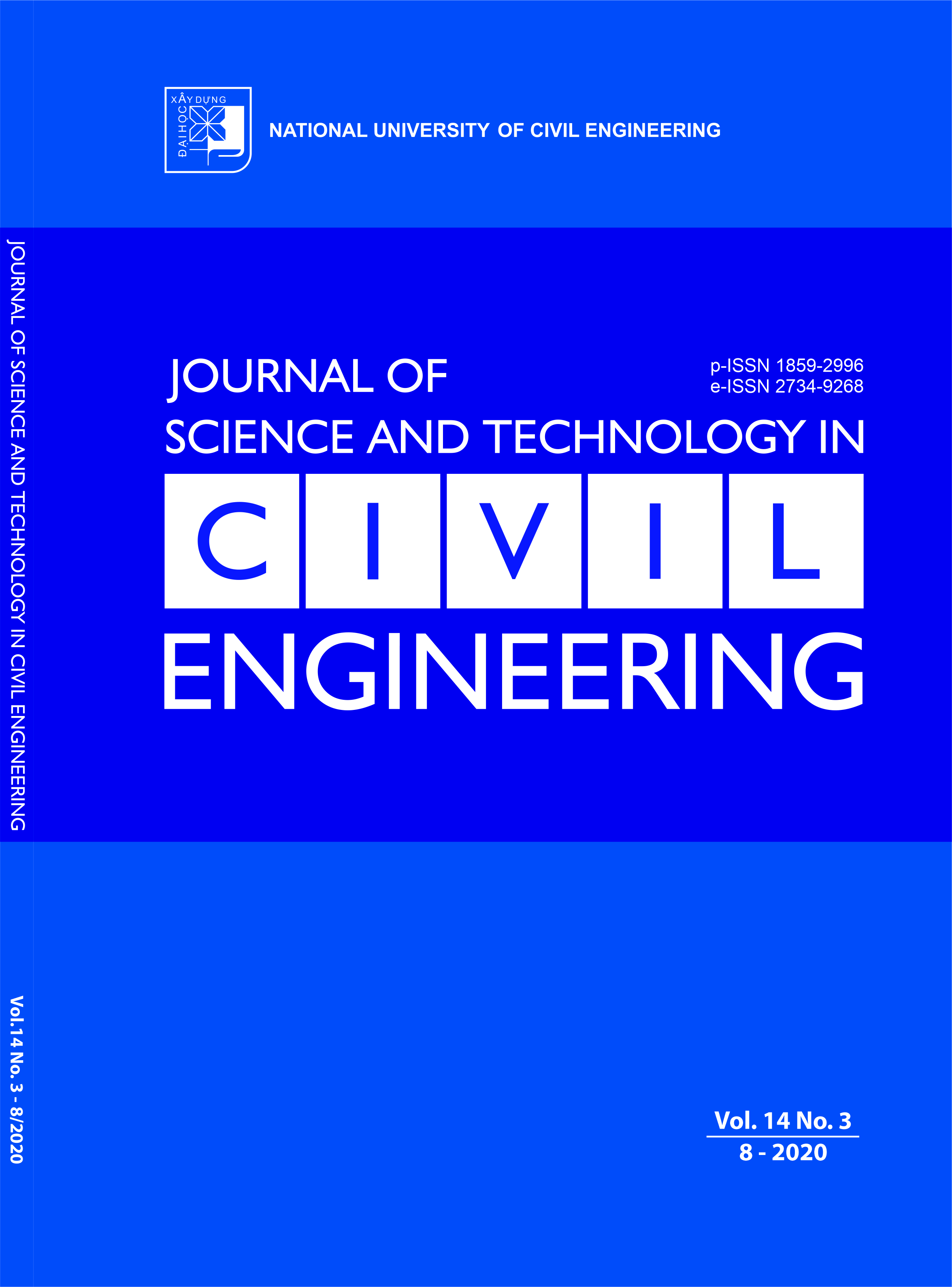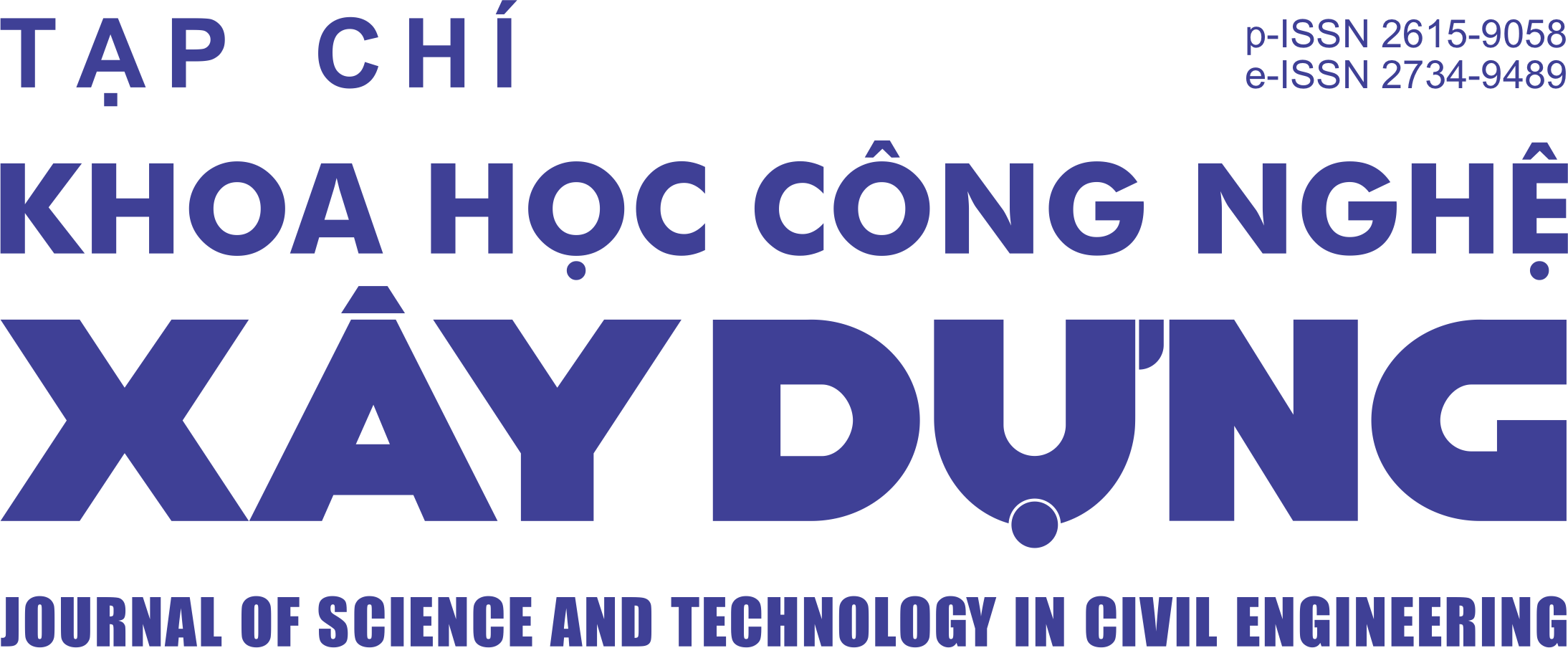Numerical investigation on the tunneling and mining induced geo-hazards: Case study in Quang Ninh, Vietnam
Abstract
In the field of rock mechanics, underground construction and mining, there have been many proposed methods for studying geo-hazards and also many research results that have been published in the world. In Vietnam, the numerical method is mainly used for analysis and design but not going deeply to predict the possible causes that lead to geo-hazards due to complex geological conditions. On the other hand, underground constructions and exploitation projects are often designed based on standards, regulations and experiences. The physical mechanism as well as the possibility of geo-hazards occurred when constructing underground structures and mining can take on various forms, depending on geological conditions and construction technology. Therefore, using numerical methods to simulate and analyze the possible geo-hazards is essential. This article presents a number of specific analysis cases, taking into account geological conditions and boundary conditions, and from that, raising a number of issues to note when using numerical methods.
Keywords:
underground mining; numerical method; geo-hazards; rock mechanics; FLAC2D.
Downloads
Copyright (c) 2020 National University of Civil Engineering

This work is licensed under a Creative Commons Attribution-NonCommercial-NoDerivatives 4.0 International License.
1. The Author assigns all copyright in and to the article (the Work) to the Journal of Science and Technology in Civil Engineering (JSTCE) – Hanoi University of Civil Engineering (HUCE), including the right to publish, republish, transmit, sell and distribute the Work in whole or in part in electronic and print editions of the Journal, in all media of expression now known or later developed.
2. By this assignment of copyright to the JSTCE, reproduction, posting, transmission, distribution or other use of the Work in whole or in part in any medium by the Author requires a full citation to the Journal, suitable in form and content as follows: title of article, authors’ names, journal title, volume, issue, year, copyright owner as specified in the Journal, DOI number. Links to the final article published on the website of the Journal are encouraged.
3. The Author and the company/employer agree that any and all copies of the final published version of the Work or any part thereof distributed or posted by them in print or electronic format as permitted herein will include the notice of copyright as stipulated in the Journal and a full citation to the Journal as published on the website.







